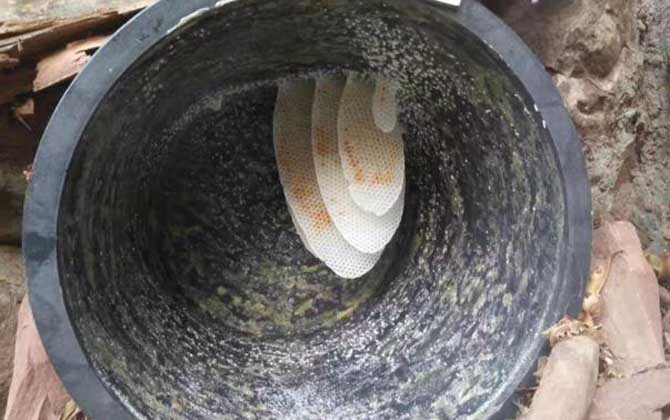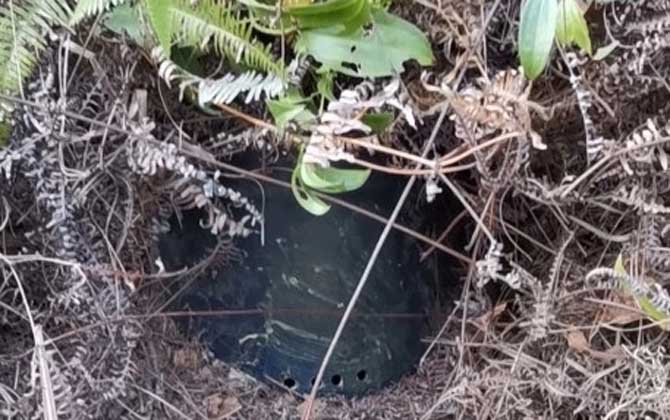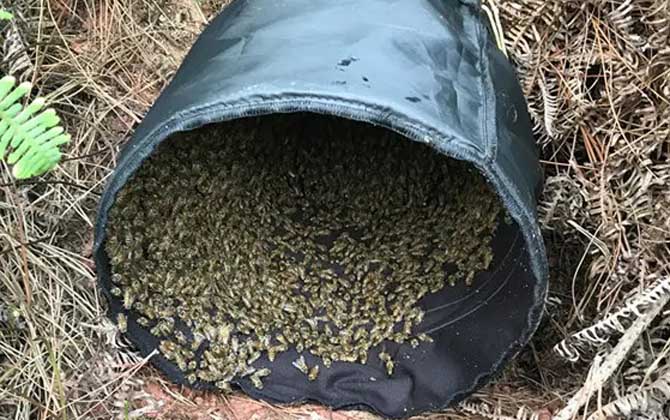What is a Swarm Trap?
A swarm trap (also called bait hive) is one of the most commonly used tools for capturing wild bee colonies. Typically made from specially treated wooden barrels or plastic containers, its primary targets are natural swarms during colony division and absconding colonies that abandon their nests due to factors like nectar shortages or predator threats. Below we explore the optimal timing and techniques for using swarm traps effectively.

I. Working Principle of Swarm Traps
Swarm trapping involves attracting wild bee colonies to establish nests in artificial containers. The mechanism relies on two main target groups:
- Natural Swarms: Occurs when colonies split during reproduction periods.
- Absconding Colonies: Triggered by environmental stressors like food scarcity or predator invasions.
Successful trapping requires understanding bee behaviors – swarming patterns typically follow seasonal nectar flows, while absconding often relates to ecological pressures. Without this knowledge, trapping efforts may prove futile.

II. Optimal Timing for Swarm Trapping
Strategic timing significantly impacts trapping success:
- Natural Swarming Season (March-May):
- Peak period for colony division
- Coincides with abundant nectar flow and mild climates
- Varies slightly by region and bee species (Apis mellifera vs Apis cerana)
- Absconding Season (July-September):
- Triggered by extreme weather or predator pressure
- Common in areas with heavy Vespa mandarinia (Asian giant hornet) activity
- Often follows prolonged drought or food shortages

III. Advanced Swarm Trapping Techniques
Maximize success with these professional methods:
1. Location Selection Criteria
- Confirmed wild bee population within 3km radius
- Proximity to diverse nectar/pollen sources (within 1km)
- Sheltered positions facing southeast (morning sun exposure)
- Elevated placement 3-5 meters above ground
- Away from electromagnetic interference and vibrations
2. Maintenance Protocols
- Inspect traps every 3-5 days during peak seasons
- Apply natural attractants: beeswax coating or lemongrass oil
- Immediate colony relocation upon capture (within 24 hours)
- Regular pest control against wax moths and ants
3. Colony Transfer Methods
- Smoke bees gently to calm them
- Check for queen presence (marked by clustered worker bees)
- Use brush tools for safe relocation
- Replenish trap with fresh attractants after transfer
- Introduce new queen if absent using queen cage method
Pro Tip: Experienced beekeepers often maintain multiple traps in optimal locations, achieving up to 70% occupancy rate during peak seasons. Record keeping of weather patterns and capture data significantly improves long-term success rates.